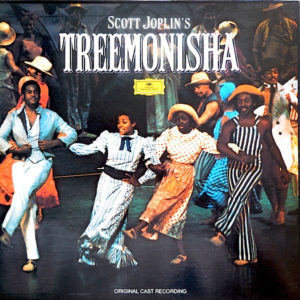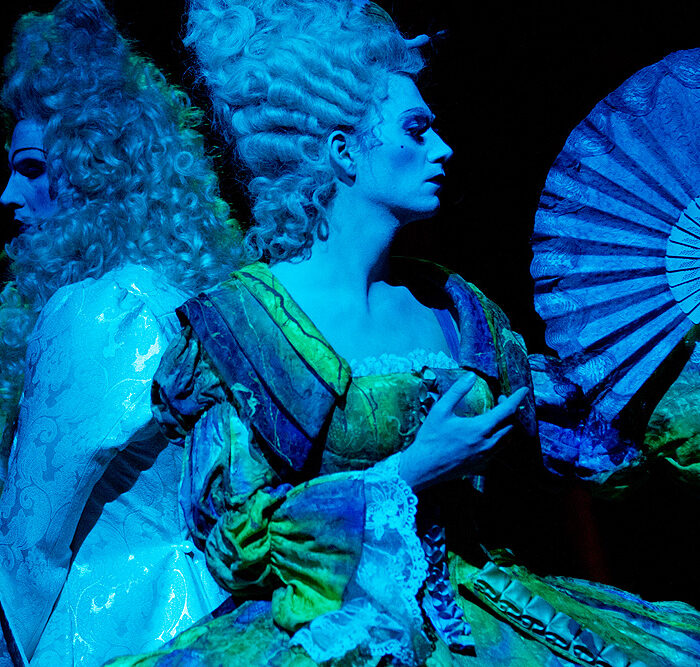
Opera Profile: ‘Treemonisha,’ Scott Joplin’s Masterpiece
By Gillian ReinhardScott Joplin’s “Treemonisha” first premiered as a concert read-through in Harlem in 1910, and was not fully staged until 1972, over fifty years after the composer’s death The work, described as “an entirely new form of operatic art,” combines Wagnerian conventions of opera with traditional African-American folk tales and music. Joplin, writer of the score and libretto, may have created the opera to parallel his own life and values, particularly the desire to learn and the idea of education as freedom from ignorance.
“Treemonisha” was first revived by the Atlanta Symphony in collaboration with the glee club of Morehouse College. Led by conductor Robert Shaw, the 1972 performance succeeded in introducing Joplin’s operas to a wider audience. Just a few years later, “Treemonisha” premiered at the Houston Grand Opera and became a hit across American stages.
In 1976, Joplin received a posthumous award for the Pulitzer Prize in music. “Treemonisha” has been identified as a lasting piece of American operatic history for its promotion of women and African-Americans, infusion of American folk music and European opera, and emphasis on community, education, and hard work.
Short Plot Summary
Joplin’s opera is the story of Treemonisha, the titular character and a young woman living in a forest between the composer’s hometown of Texarkana, Texas and the Red River of Arkansas. The piece begins with the community beginning their day of work with folk songs. Treemonisha finds herself under a sacred tree in the forest, a direct parallel to the enchanted tree of “Die Walkure.”
Conjurers arrive to perform for the community and kidnap Treemonisha at the end of the first act. The magic and superstition of the conjurers throughout the opera are meant to directly contrast with the values of Treemonisha, who is literate and insists on learning and logic.
Act two details the rescue of Treemonisha from the conjurers. Remus, Treemonisha’s friend from their neighborhood, disguises himself as the devil and scares away the conjurers. Treemonisha and Remus escape to a nearby plantation, where the workers help guide their way home. The third act begins with a prelude and sees Treemonisha return to her parents. Meanwhile, Remus and Treemonisha have captured two of the conjurers. While the community plans to punish the conjurers, Treemonisha defends them and insists that they must be forgiven. Treemonisha is elected leader of their community.
Famous Musical Numbers
While “Treemonisha” incorporates the ragtime music Joplin is perhaps best remembered for, the opera follows the conventions of European opera, including an extended overture, a prelude, and the finale scene, “A Real Slow Drag.”
The opera features rousing ensemble pieces steeped in folk music, including the community’s piece, “We’re Goin’ Round” in the first act, and the plantation worker’s song, “Aunt Dinah has Blowed de Horn” in the second act. The opera also features several standout arias, including Remus’ piece “Wrong is Never Right” and Treemonisha’s solo “Surprised.”
Watch and Listen
Here is a full performance from Houston.
Categories
Opera Wiki

